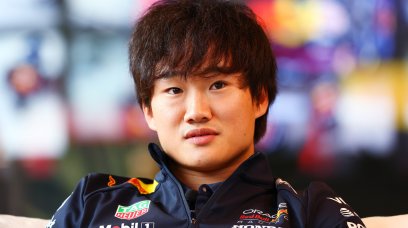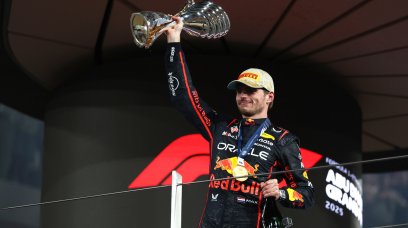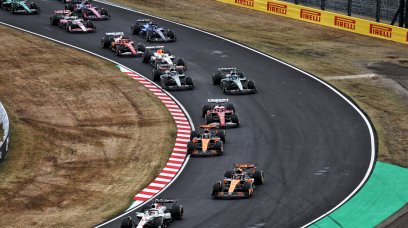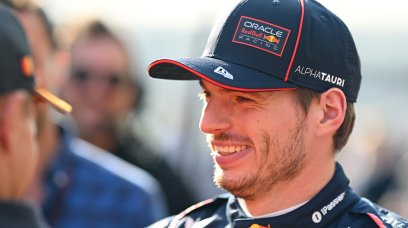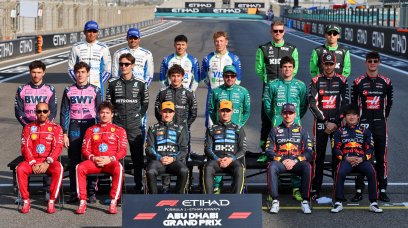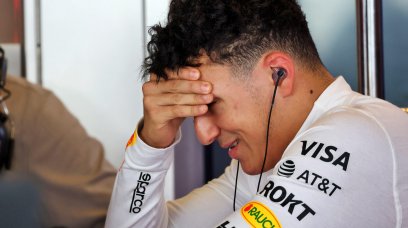Alpine Technical Director Matt Harman has given an insight into the pros and cons that teams and drivers may face when the next set of F1 regulations are introduced in 2026. As part of the sport's target towards becoming Net Zero Carbon by 2030, new engine rules will see the power units run on fully sustainable fuels. They will also use more electrical power but still provide over 1,000 horsepower. With the framework for the 2026 power unit regulations laid out, attentions will soon turn to the chassis specifications, with Formula 1 wanting innovative cars conducive to racing. The possibility of introducing active aerodynamics (where modifications can be made to the aerodynamic components such as front wings through remote operation) in this new era has been discussed, which could result in a performance boost for cars chasing those ahead. Harman believes that the use of active aero could be a positive for the sport. "I think active aero is a good thing, personally," Harman explained in an exclusive interview with RacingNews365.com . "I think it will add another dimension. It will add another dimension to the drivers' input into their destiny and how that works and how they select things."
The downside to adding technological developments
When discussing the ideas for the next generation of Formula 1 cars, such as active aero, all-wheel drive or additional energy recovery systems, Harman admits that the move will likely add too much weight to the cars, which have already been deemed too heavy by several drivers in recent seasons. "I think for drivers [it could be] a bit of a worry [from] having a car that's almost a ton, because it's not going to make it any lighter," he continued. "I think [the technology] is relevant, but I worry about it in Formula 1. I think we should be looking to solve the [energy] recovery issue without having to go to full recovery, personally, but it has been done elsewhere. "We see it in Formula E, in Gen3, and obviously our colleagues at Viry are very heavily into that technology with their partners in Nissan. "I think we'll see how that pans out." One of the aims for the 2026 regulations is to reduce the weight of the cars, which has steadily increased over the last 10-15 years.
How 2026 F1 cars may be similar to current era
When asked about the talk of energy recovery/four-wheel drive, Harman explained that the teams will continue to feed back to F1 and the FIA about this. "All teams are inputting into that," he continued. "We're looking at some simulations and making sure that the FIA and F1 have all of that information to hand so that we can make those [decisions], because obviously they've got their own simulations. "But a lot of these things will be down to our feel about the aerodynamic development at that point, because the car is albeit quite similar to this car with the increased aerodynamic development. "It's going to be similar sort of car but just with more functionality on the wings, I think."
Active suspension with active aero?
The topic of active suspension became a talking point in 2022, with the likes of George Russell raising it as a possible solution to combat porpoising, and the issue could again become a point of discussion alongside active aero. "It's a topic that comes back every two or three years," Harman commented. "The topic is always [on whether] we want active aero [or] do we not? We've had hydraulic suspension systems in the past, which are basically trying to mimic active suspension. "We've got rid of those, because I think most people [felt that] they were almost a very expensive and labour-intensive version of an active suspension. "But now, the conversation always comes back to what type of active suspension do you want? Do you want high-frequency suspension or do you just want a very low-frequency system? I think the differences in technology between those two – and cost and weight – is quite different. "So, I think we're going to have to go through that conversation. I enjoy the conversation when it comes every two years! "I think it could be a standard system. It doesn't have to be something that has to be loaded by the teams. "It could be supplied by external suppliers and you have to package around, with an ECU [Electronic Control Unit] that is homologated, so it doesn't become another one of those things that essentially biases the cost cap. "Let's see where the FIA gets to on it, but it's all possible."
Most read
